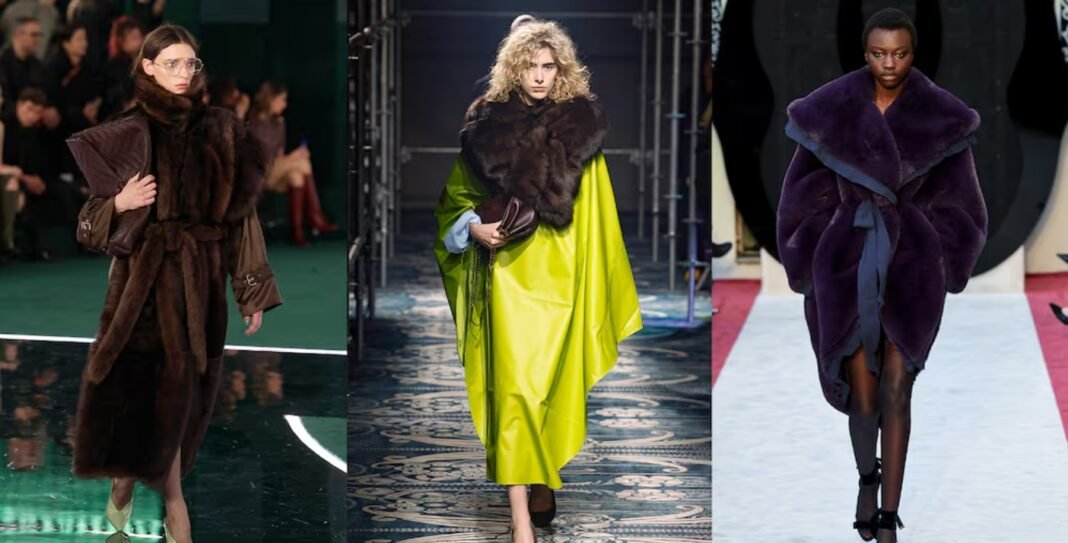In a fashion twist that’s equal parts cozy and cutting-edge, the luxury sector is fully embracing the return of fluffy fashion — but this time with a forward-thinking spin. Gone are the days when plush silhouettes relied solely on traditional fur. Today’s designers are responding to both ethical concerns and changing consumer tastes by turning to innovative alternatives that maintain the opulence without the guilt.
From the runways of Paris to the racks of high-end retailers, texture is having a major moment. Fluff, fuzz, and all things soft have re-emerged as status symbols — but unlike in decades past, brands are taking a more experimental approach. Faux furs are no longer the budget-friendly understudies they once were; they’ve evolved into luxury statements in their own right, thanks to advances in textile technology. High-performance synthetics mimic the density, sheen, and warmth of real fur — and in some cases, even outdo it in terms of wearability and care.
Designers are also getting creative with how fluff is incorporated. Some use dramatic styling tricks, such as oversized cuffs, voluminous collars, or fully-lined coats that billow with movement, to deliver that indulgent feel without relying on animal-derived materials. Others are experimenting with materials like recycled polyester or plush mohair alternatives, blending sustainability with high fashion.
The appetite for cozy glamour is driven, in part, by fashion’s current mood: a blend of escapism and comfort. As consumers navigate a world still in flux, they’re craving clothing that feels protective and indulgent — and nothing says “wrapped in luxury” like a cloud-like coat or a fuzzy knit set. Retailers have responded accordingly. Brands from Stella McCartney to Fendi are showcasing statement pieces that combine lush tactility with a modern sensibility.
And it’s not just outerwear. Fluffy handbags, shearling-lined boots, even brushed faux-fur clutches are showing up in collections — adding a soft-focus edge to a range of ensembles. The key across the board is balancing the drama with refinement. Think fluffy textures in minimalist silhouettes or neutrals and jewel tones that exude sophistication rather than kitsch.
While this new wave of fluff appeals to the senses, it’s also smart business. Luxury brands recognize that aligning indulgence with innovation — and ethics — is key to winning over younger, more conscientious consumers. By investing in textile R&D and partnering with materials scientists, fashion houses are pushing the envelope on what’s possible with fluff and faux.
Ultimately, the resurgence of fluffy fashion is less about nostalgia and more about evolution. It’s a case study in how an industry steeped in tradition can pivot, reimagine, and still deliver the fantasy — no fur required.






